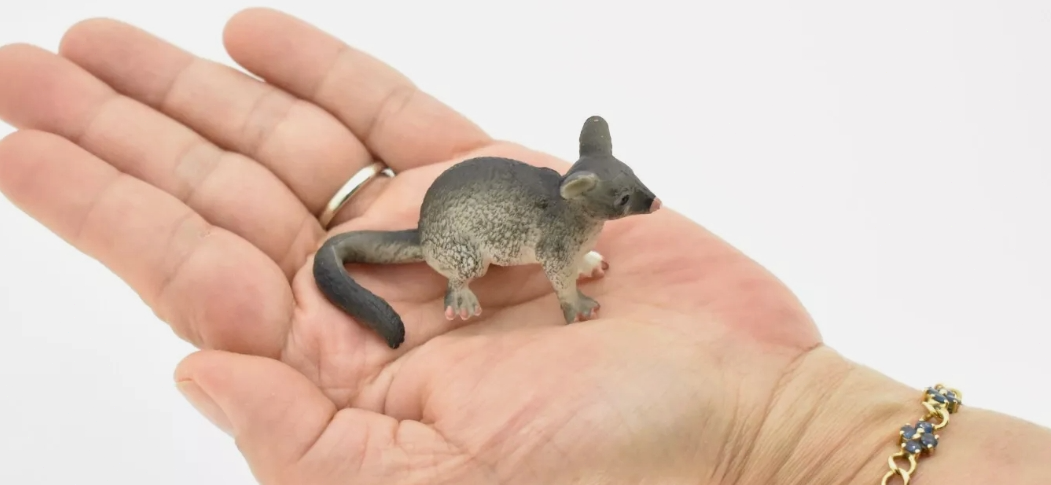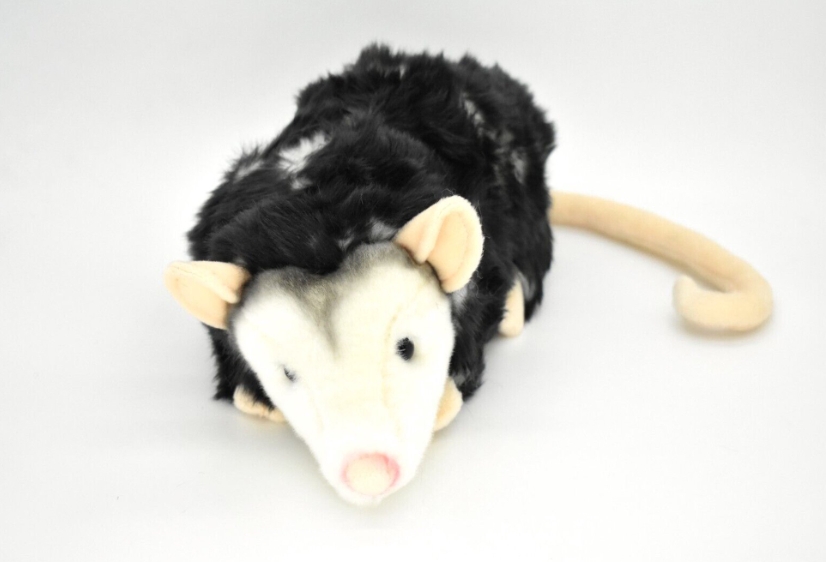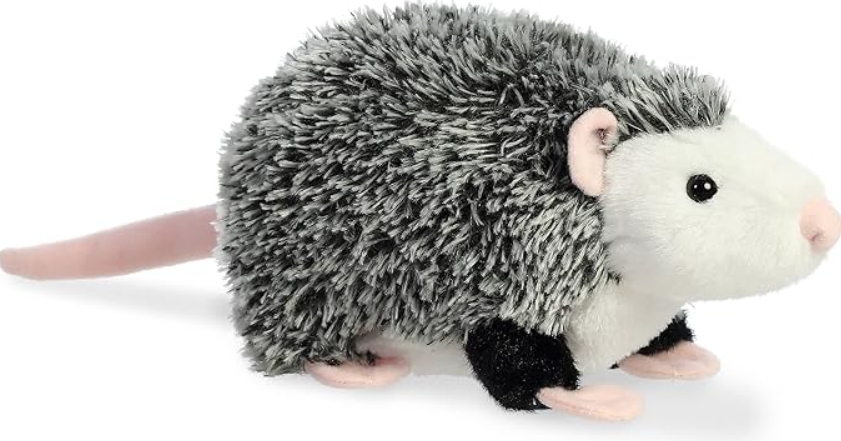Possum model is an important biomedical research tool, widely used in many fields such as immunology, neuroscience and ecology. The unique physiological characteristics and adaptive abilities of possums make them ideal objects for studying certain diseases and biological processes.
Possums belong to the group of marsupials that share many physiological similarities with humans, especially when it comes to their immune systems. Research has shown that the immune system of possums is unique and can effectively defend against a variety of pathogens, so the possum model provides a valuable experimental basis in vaccine development and immunotherapy research. By observing how possums respond to different pathogens, scientists are able to better understand the pathogenesis of the disease and search for potential treatments.
In addition, possums play an important role in neuroscience research. Their nervous system structure is similar to that of humans and can provide important data for the study of neurodegenerative diseases. By conducting genetic modifications or behavioral tests on possums, researchers can reveal the role of specific genes in neurodegenerative diseases, which in turn can provide clues for developing new treatment strategies.
Possum models also play an important role in ecological research. Due to their extensive ecological adaptability, possums are able to survive in a variety of environments. Studying their behavior and physiology can help scientists understand how species respond to environmental changes and provide guidance for conservation and species management.
However, research on possum models also faces some challenges. First of all, possums have a relatively long life cycle and a long reproductive cycle, which lengthens the experiment cycle and increases the cost of research. Second,because possums differ in some ways from other model organisms,such as mice and zebrafish, the results may need to be interpreted with caution.




